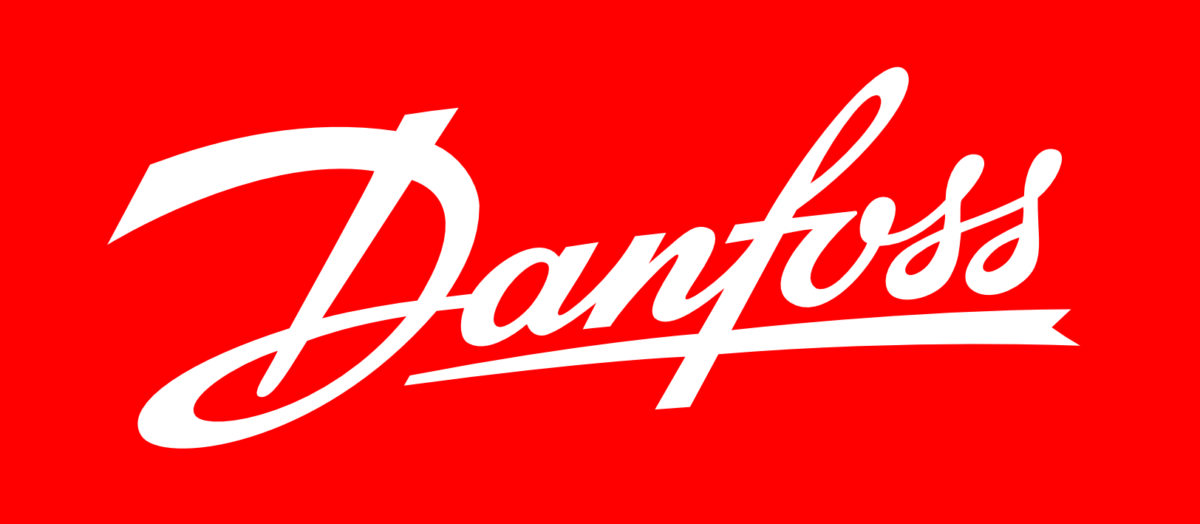With 2024 in the rearview mirror, Vikas Anand, Vice President of Sales, Danfoss Climate Solutions, North America, shares his thoughts on what the trends were (and some, if not all, will continue into 2025 as they become part of the “fabric” of the industry) and shares thoughts on what 2025 will bring.
2024 in Review: HVACR Industry Trends
“In 2024, the North American HVACR market was driven by growth, technological advancements, regulatory changes and a focus on sustainability. As we look back on the year that was, there were several key trends, highlighting the dynamic nature of the industry and signaling the changes ahead as continue to move toward decarbonization and navigate the refrigerant transition.
Trends of 2024
- The DC and AI Opportunity
Perhaps no trend was as impactful as the increasing reliance on data centers and artificial intelligence (AI). The HVACR market is experiencing substantial growth due to the integration of AI technologies and accelerated development of data centers. AI enhances the energy efficiency of HVAC systems by optimizing system operations based on real time data. Through the use of monitoring tools, building owners and facility managers can track their energy usage over time as well as prevent equipment downtime through proactive maintenance, reducing their operating costs. AI facilitates the integration of HVAC systems with other smart building technologies, allowing for centralized control and improved overall building management.
- Importance of Indoor Air Quality
As the world moves beyond the COVID-19 pandemic, awareness of the importance of indoor air quality (IAQ) continues to be top of mind. This has led to a surge in demand for HVAC systems that can filter and purify indoor air effectively. The U.S. Environmental Protection Agency (EPA) and the American Society of Heating, Refrigerating and Air-Conditioning Engineers (ASHRAE) have implemented guidelines to enhance IAQ. Compliance with these regulations is driving the adoption of advanced HVAC systems. The need for better IAQ has spurred innovation in HVAC technologies, including the development of advanced air filtration systems, UV-C light technology and smart sensors that monitor and improve air quality in real-time.
- Stricter Energy Efficiency and Carbon Emission Standards
In addition to increased regulations on IAQ, federal, state and local governments are implementing stricter energy efficiency and carbon emissions standards. With the ongoing energy crisis and rising energy costs, there is a growing emphasis on energy-efficient HVAC systems. This includes the adoption of technologies like variable refrigerant flow (VRF) systems. On January 1, 2025, the EPA’s new refrigerant rules – eliminating R-410A in new HVAC systems and requiring A2L refrigerants R-454B or R-32 in newly manufactured systems – take effect. New safety features are being mandated to handle the new refrigerants, which are often mildly flammable and require additional safety precautions and contractor training on selecting the correct refrigerant and calculating charge limits.
These regulations are driving innovation and competition in the HVACR market. Manufacturers are investing in research and development to create compliant, energy-efficient, and environmentally friendly HVAC systems
As We Look To 2025 … Sustainability
As we move into 2025, a green transition is underway. There is a heightened focus on sustainability, driven by environmental concerns and rising energy costs, and this focus is driving innovation in HVACR technologies. The shift toward sustainable practices is reshaping market dynamics, with companies investing in green technologies to stay competitive. HVAC systems are increasingly being integrated with renewable energy sources such as solar and wind power. This helps reduce the carbon footprint of buildings and contributes to overall energy savings.
Danfoss Looks Ahead
Danfoss is well-positioned to meet the evolving needs of the North American HVACR market. We are investing heavily in sustainable and energy-efficient technologies to support customers in their transition to new refrigerants and their journeys toward decarbonization. Advanced compressors, variable speed drives, heat exchangers, controls and valves that optimize energy use and reduce operational costs and IoT and AI connectivity systems are just some of the next-generation HVACR solutions we are developing. We are leading the transition to low-GWP refrigerants by building solutions that comply with the new regulations and are developing heat pump technologies that reduce reliance on fossil fuels, resulting in lower carbon emissions.
Through initiatives like the RETHINK Live webinar series, Danfoss is fostering industry collaboration and sharing insights on the latest trends and innovations in HVACR, helping us stay ahead of market demands and regulatory changes. We are continuing to work with our customers to test and develop new solutions in our Application Development Centers. As a leader in the HVACR industry, Danfoss is capable of addressing the evolving needs for energy efficiency, sustainability and advanced technological integration.”
Vikas Anand is vice president of sales, Danfoss Climate Solutions, North America. With over 25 years of experience in international sales, marketing, business development and operations management in both mature and emerging markets, he has been instrumental in building strong teams with a focus on driving energy-efficient solutions using carbon-neutral technologies that help address some of the world’s toughest challenges.
We’d like to thank Vikas for his retrospective on 2024 and thoughts for 2025.
As a distributor, what are your thoughts? What drove, and will drive, your local market?
 Vikas Anand is vice president of sales, Danfoss Climate Solutions, North America. He has been instrumental in building strong teams with a focus on driving energy-efficient solutions using carbon-neutral technologies that help address some of the world’s toughest challenges.
Vikas Anand is vice president of sales, Danfoss Climate Solutions, North America. He has been instrumental in building strong teams with a focus on driving energy-efficient solutions using carbon-neutral technologies that help address some of the world’s toughest challenges.
If you are a manufacturer and would like to share your insights with our readers, contact me.
